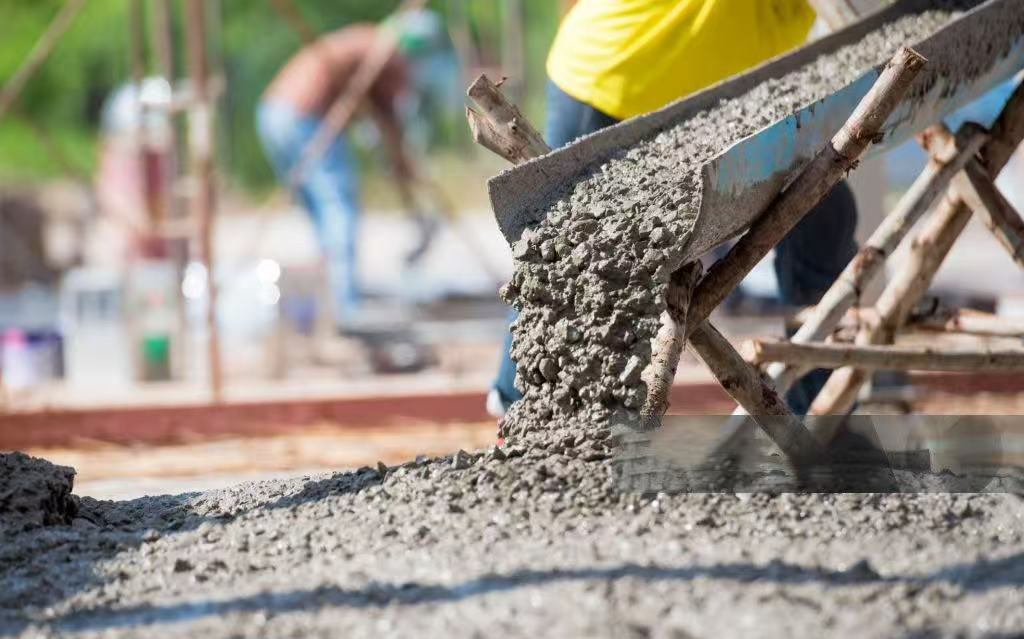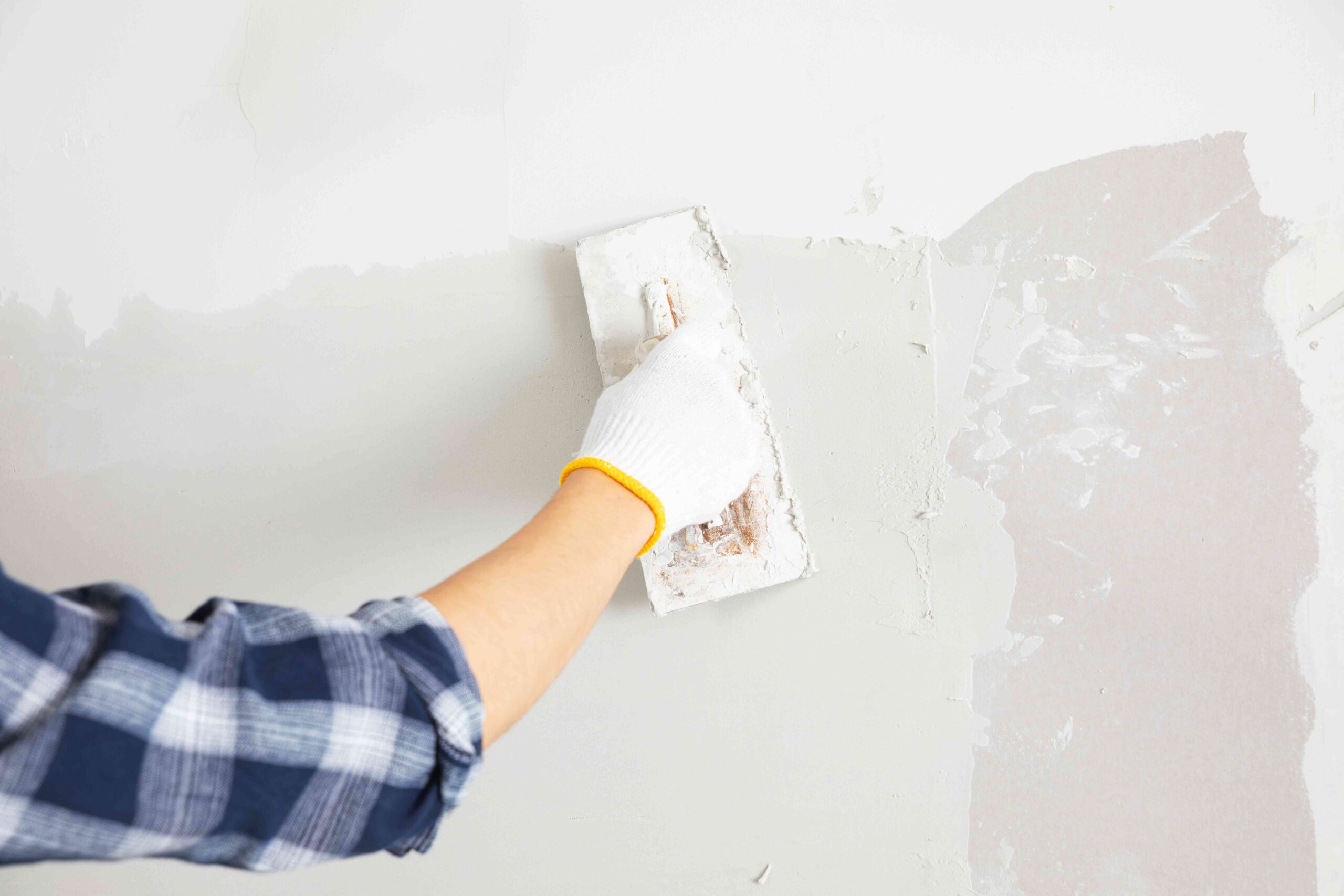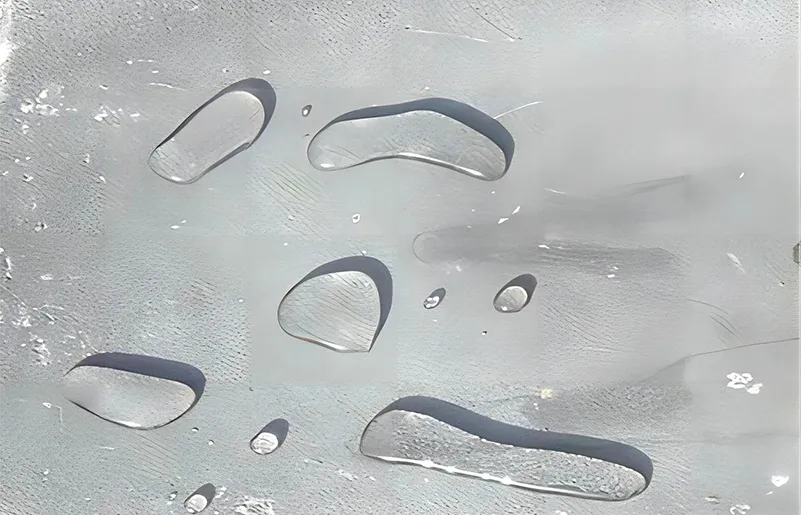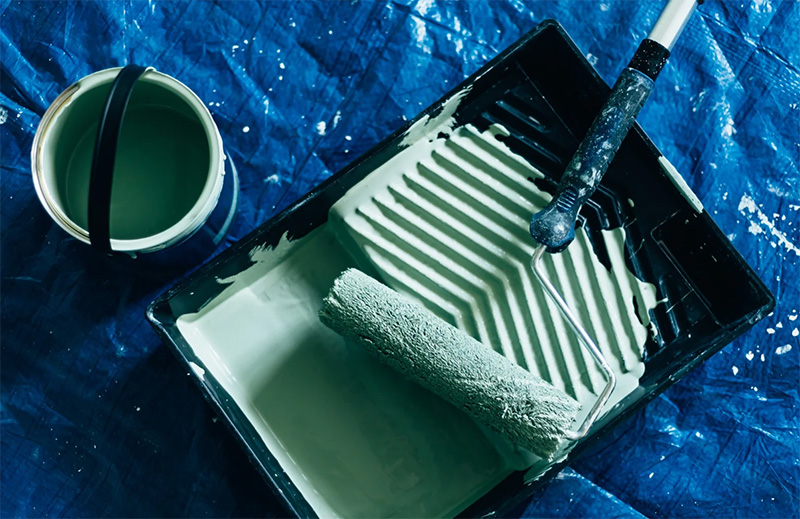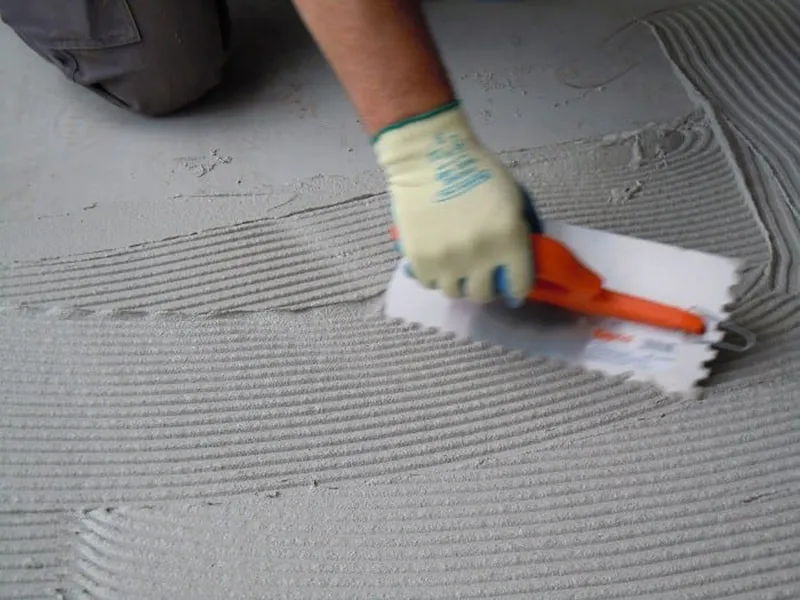I. The principle of the role of HEMC
- Thickening:Improve the consistency and viscosity of tile adhesive, enhance the construction performance of the material.
- Water retention:Prolong the opening time, so that the tile adhesive has better adhesion in the drying process.
- Anti-sagging: Prevent tile adhesive from slipping off due to self-weight, especially in vertical construction.
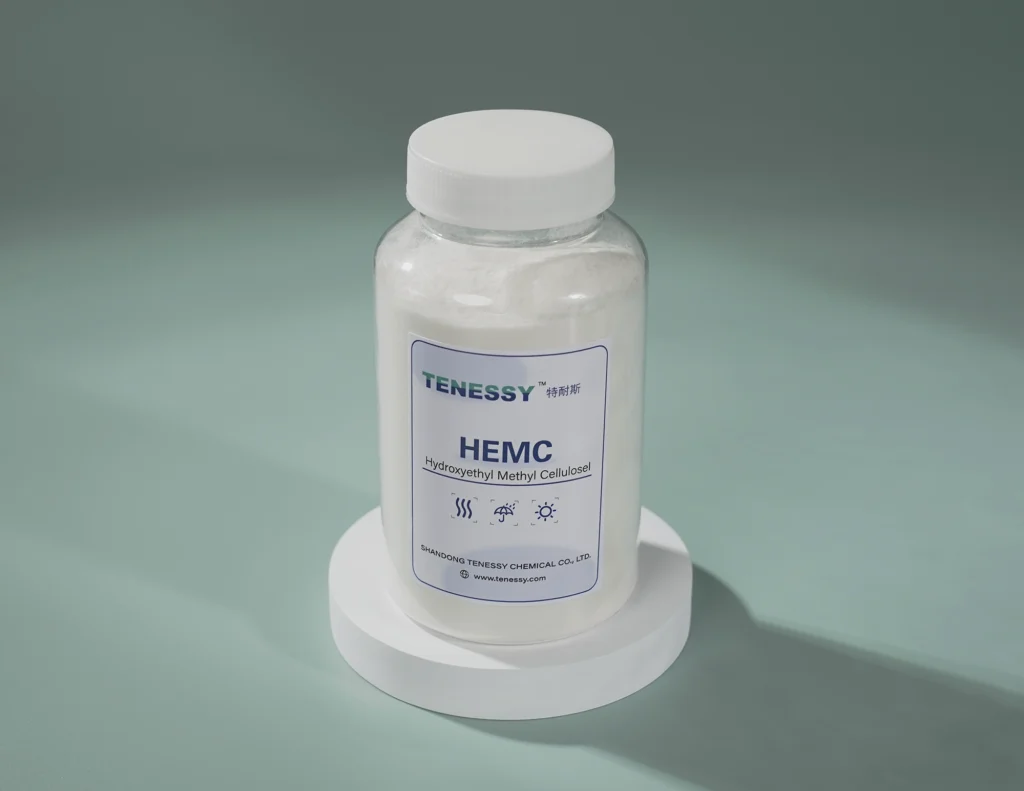
II. Application of different viscosity grades of HEMC in tile adhesive
1.High viscosity HEMC
High viscosity HEMC can greatly improve the thickening of tile adhesive, with stronger adhesion ability. High viscosity HEMC is suitable for applications that require strong anti-sagging ability, especially in the construction of vertical surfaces laid with large-size or heavy-duty tiles. This type of HEMC can extend the open time of the tile adhesive in a hot or dry environment, which contributes to the flexibility of construction.
Applicable Scenarios:
- Vertical construction (e.g. wall tile bonding)
- Construction in hot or dry climates
- Projects requiring longer open time
Advantage:
- Excellent anti-sagging properties
- Provides long-lasting water retention and delayed drying effect
- Enhanced ease of application
2.Medium Viscosity HEMC
Medium viscosity HEMC provides balanced adhesion and ease of application in tile adhesives. For normal floor and wall tiling, this type of HEMC can meet the needs well while ensuring smooth application. It provides good water retention without unduly affecting the fluidity of the material, making it suitable for general construction environments. It is widely used in kitchen, bathroom and other moderately loaded wall and floor construction.
Applicable Scenarios:
- Floor and wall laying of conventional tiles
- Construction under moderate climatic conditions
- Application of regular size tiles
Advantage:
- Stable water retention and adhesion properties
- Easy blending and good workability
- Highly adaptable to the environment and widely applicable

3.Low viscosity HEMC
Low viscosity HEMC is more suitable for tile adhesive formulations requiring higher flow and self-leveling properties. It does not significantly increase the viscosity of the slurry, so it is suitable for self-leveling construction of tiles or flooring materials. It is suitable for lightweight, small-size tiles or applications with thin surface coatings, and although the water retention properties are relatively weak, it can provide adequate workability in wet or low-temperature environments.
Applicable Scenarios:
- Self-leveling floor tile adhesive, interior wall and decorative tiles
- Construction in low temperature or wet environment
- Lightweight tile laying
Advantage:
- Better fluidity and self-leveling properties
- Keep the construction smooth and easy to blend
- Suitable for low-temperature construction, less likely to crack

III. Key points in the selection of HEMC viscosity grades
The following factors need to be considered when selecting a HEMC viscosity grade:
- Tile size: Large size or heavy tiles need higher viscosity HEMC more to enhance adhesion.
- Construction environment: In high temperature or dry environment, choosing medium-high viscosity HEMC can prolong the open time; In low temperature or wet environment, low viscosity HEMC is more suitable.
- Construction method:High viscosity HEMC should be selected for vertical laying to prevent slippage, while self-leveling floor tile adhesive is more suitable for low viscosity HEMC to ensure flatness.
IV. Quality of HEMC and selection of suppliers
V.Summary
The application of different viscosity grades of HEMC in tile adhesives has significant differences. By choosing the right HEMC product according to tile specifications, construction environment and application requirements, the construction quality and durability of tile adhesive can be significantly improved. After reasonable selection of HEMC, the bonding performance, anti-sagging and open time of tile adhesive will be more in line with the project requirements, providing a solid guarantee for high quality construction.


